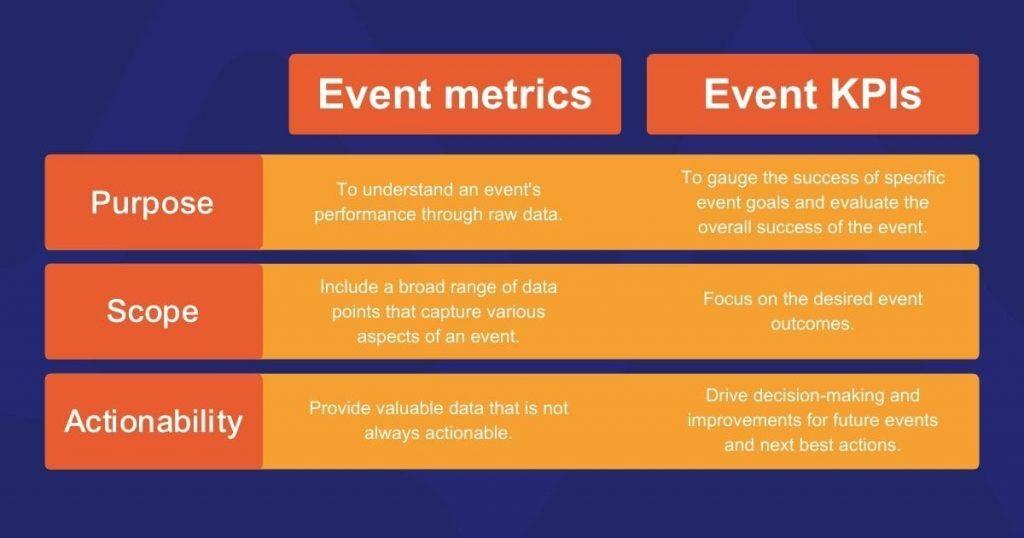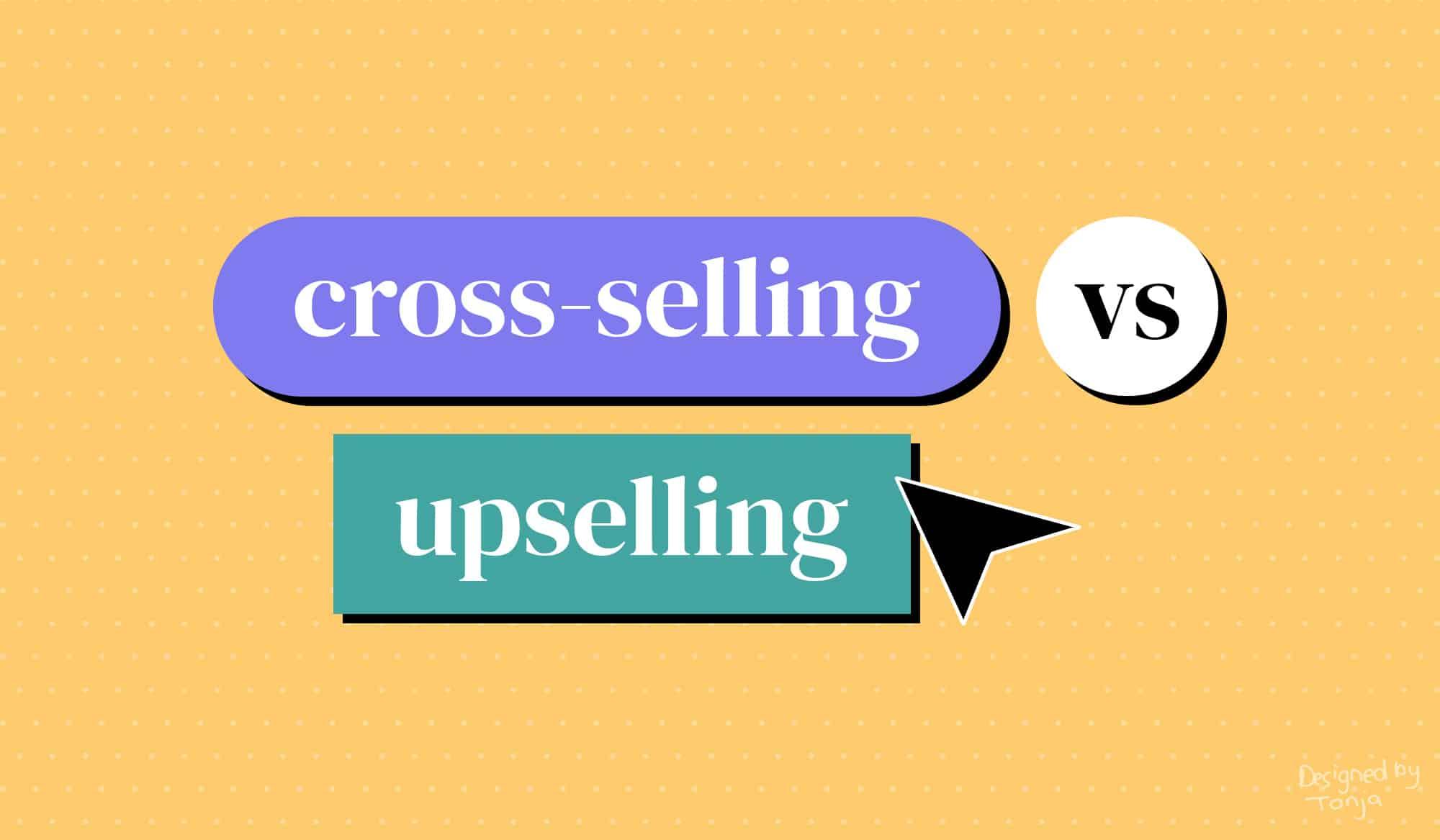In the bustling landscape of e-commerce, where options abound and competition is fierce, the art of mastering cross-selling and upselling has emerged as a pivotal strategy for success. As online consumers become increasingly discerning, simply offering a product isn’t enough to win their loyalty or encourage repeat business. Enter the dynamic duo of sales techniques: cross-selling, which invites customers to consider complementary products, and upselling, which encourages them to explore upgraded options. Together, these tactics not only enhance the shopping experience but also significantly boost revenue for businesses willing to embrace them. This article delves into the intricacies of cross-selling and upselling in the digital marketplace, providing insights and strategies that can transform casual browsers into loyal buyers. Join us as we unravel the nuances of these powerful techniques and explore how to implement them effectively, turning ordinary transactions into extraordinary e-commerce success stories.
Understanding the Psychology Behind Cross-Selling and Upselling
Understanding consumer behavior is vital when employing techniques that encourage customers to purchase more. At its core, the psychology behind cross-selling and upselling taps into the innate desire for value and satisfaction. By presenting complementary products or enhanced versions, businesses create a perception of increased value, making customers feel they are making a smart choice. This strategy often leverages social proof, including user reviews or ratings, to further bolster the appeal of additional purchases. Consumers are more inclined to buy when they see others benefiting from these products, fostering a sense of community around the shopping experience.
Moreover, emotions significantly influence purchasing decisions, and businesses can tap into this by creating a sense of urgency or exclusivity. Techniques like limited-time offers or highlighting scarcity can push buyers towards making quicker decisions, as they may fear missing out on a great deal. Understanding the psychological triggers—such as loss aversion and reciprocity—can lead marketers to frame their communications more effectively. Incorporating these insights into the shopping experience can yield higher conversion rates, leading to a more successful e-commerce strategy.

Crafting Personalized Recommendations that Resonate
In the world of e-commerce, understanding the preferences and behaviors of your customers is key to offering relevant suggestions that enhance their shopping experience. By leveraging data analytics and customer insights, businesses can create tailored recommendations that feel personal and engaging. Consider implementing the following strategies:
- Behavioral Tracking: Monitor customers’ browsing and purchasing history to identify patterns and preferences.
- Segmentation: Divide your audience into distinct groups based on demographics, purchase history, and engagement levels.
- Dynamic Personalization: Use real-time data to adjust recommendations based on current trends and individual behaviors as they shop.
Effective personalization not only boosts the likelihood of cross-selling and upselling but also fosters customer loyalty. A good rule of thumb is to present options that complement or enhance the original products being viewed. For instance, if a customer is contemplating a camera purchase, showcasing related items like lenses, tripods, or memory cards can facilitate informed buying decisions. The following table illustrates a successful example of personalized product recommendations:
| Product | Recommended Add-Ons |
|---|---|
| DSLR Camera | Lenses, Camera Bag, Memory Card |
| Wireless Earbuds | Protective Case, Charging Stand, Clip-on Ear Hooks |
| Smartphone | Screen Protector, Phone Case, Additional Charger |

Techniques for Seamless Integration in the Shopping Experience
To enhance the shopping experience and effectively implement cross-selling and upselling strategies, integrating personalized recommendations is crucial. E-commerce platforms can utilize customer data to analyze past purchases and browsing behavior, creating tailored suggestions that resonate with individual preferences. This personalization can be manifested through:
- Dynamic product recommendations: Automatically generate suggestions based on real-time user activity.
- Customized email marketing: Send curated product suggestions aligned with customer interests.
- Feedback loops: Encourage customers to leave reviews and ratings, which can be used to adjust recommendations further.
Moreover, creating a seamless checkout process plays a vital role in encouraging additional sales. By minimizing distractions and facilitating easy navigation, customers are more likely to accept upsell offers. Key techniques include:
- Progressive disclosure: Introduce upsell options gradually rather than overwhelming customers at checkout.
- A/B testing: Experiment with different placements and wordings for upsell prompts to determine what converts best.
- Incentives: Use discounts or bundled offers to make the upsell more enticing.
| Technique | Description | Impact |
|---|---|---|
| Dynamic Recommendations | Real-time suggestions based on unique behavior | Increased conversion rates |
| Customized Emails | Targeted promotions based on purchase history | Higher engagement and sales |
| Progressive Disclosure | Stress-free introduction of upsell options | Improved customer satisfaction |

Measuring Success: Key Metrics for Continuous Improvement
Success in cross-selling and upselling isn’t just about boosting sales—it’s a holistic approach that requires ongoing assessment and optimization. To gauge your efforts effectively, focus on the following key metrics:
- Conversion Rate: Measure the percentage of customers who engage in cross-sell or upsell offers during their shopping journey.
- Average Order Value (AOV): Track changes in AOV post-implementation of cross-sell and upsell strategies to determine their impact on purchasing behavior.
- Customer Retention Rate: Evaluate how many customers return to purchase again after receiving personalized product recommendations.
- Cart Abandonment Rate: Analyze any spikes in cart abandonment to refine the timing and relevance of your offers.
To visualize the impact of these strategies, consider maintaining a table to compare metrics before and after your cross-sell and upsell initiatives:
| Metric | Before Strategy | After Strategy |
|---|---|---|
| Conversion Rate | 7% | 12% |
| Average Order Value | $50 | $75 |
| Customer Retention Rate | 30% | 45% |
Future Outlook
In the ever-evolving landscape of e-commerce, mastering the art of cross-selling and upselling is not merely a strategy but a pathway to enduring success. As you’ve journeyed through the nuances of effective recommendation techniques and customer engagement tactics, it’s clear that these practices go beyond mere transactions—they cultivate deeper connections with your customers.
By understanding their needs and preferences, you’re not just boosting your bottom line; you’re enhancing their shopping experience and adding genuine value to their choices. Whether through personalized email campaigns, strategic product placements, or insightful data analysis, the tools for success are at your fingertips.
As you embrace these strategies, remember that the key lies in striking the right balance—offering your customers meaningful options without overwhelming them. As you embark on this journey, may your e-commerce ventures flourish, turning casual browsers into loyal buyers, and transforming simple transactions into lasting relationships. Happy selling!



